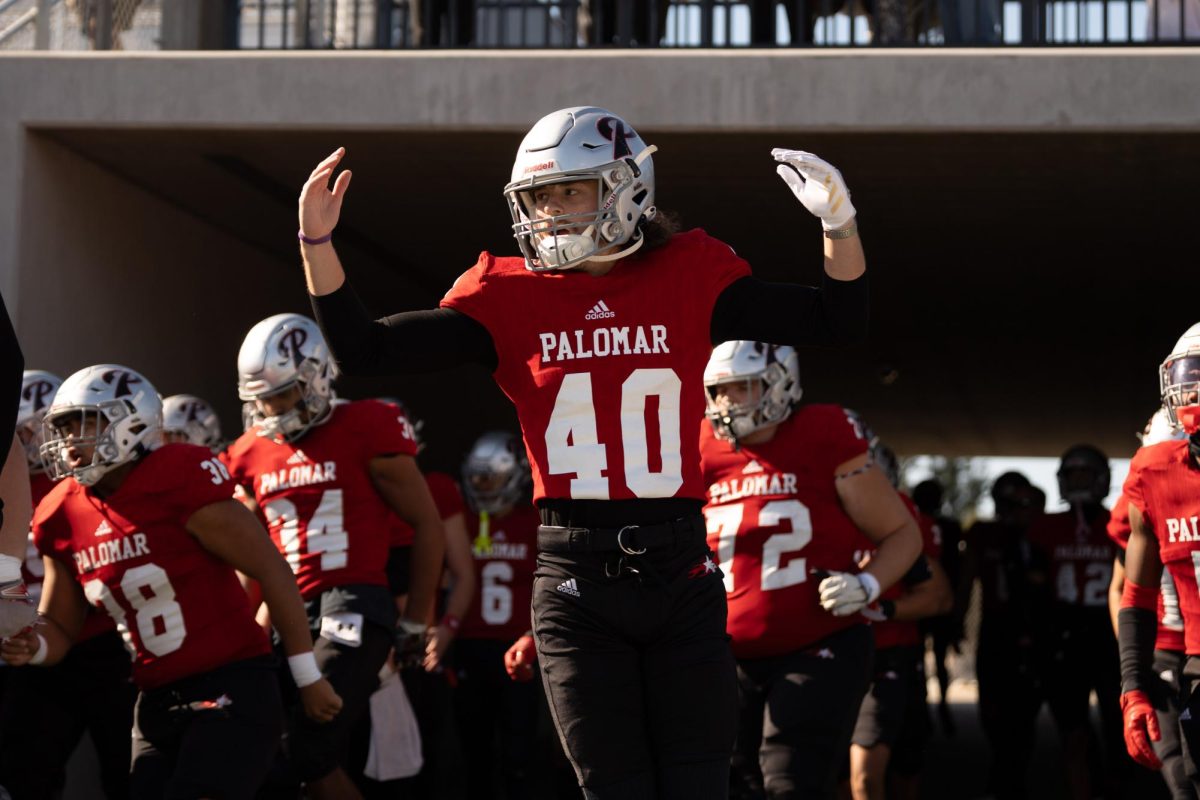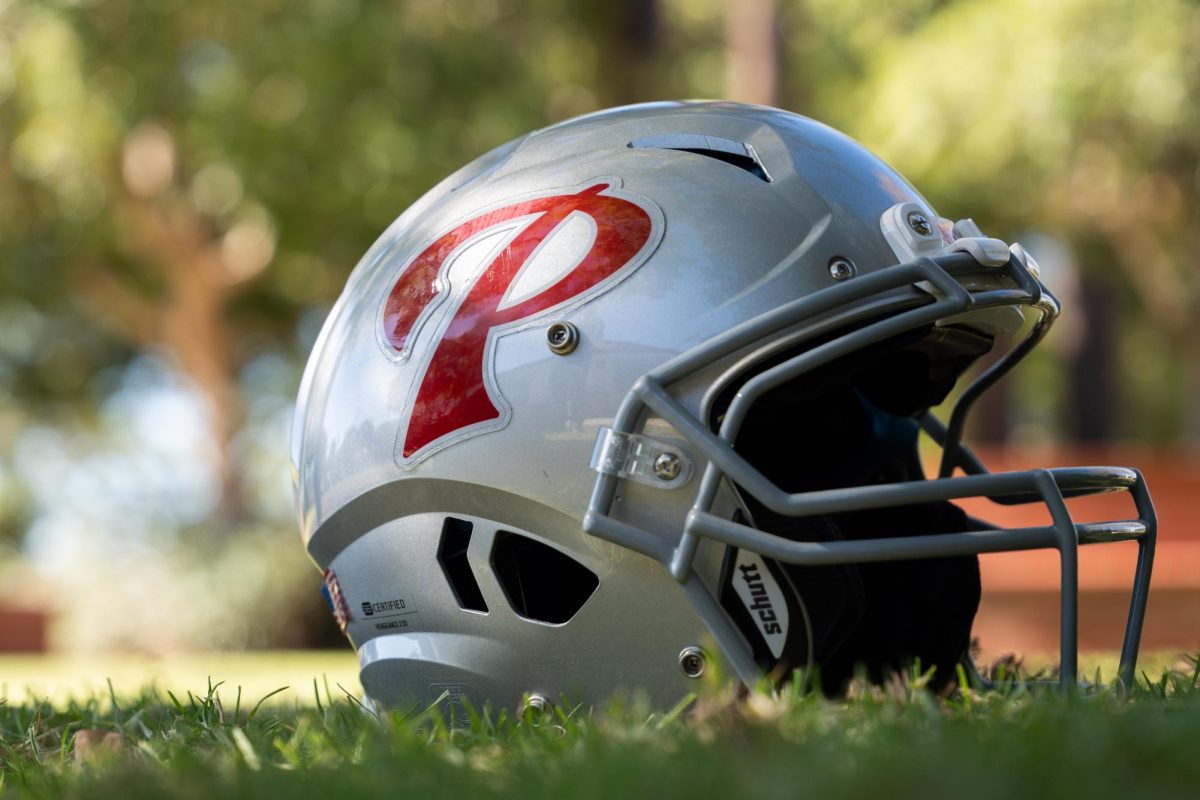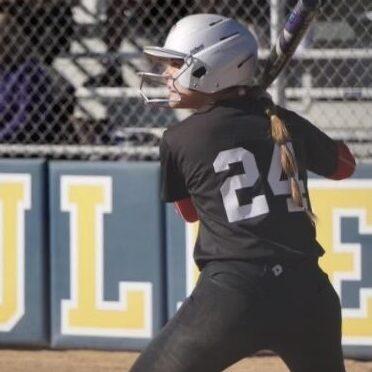In Sydney Seau’s Hall of Fame induction recipient letter she opened in honor and acceptance of the award for her late father, San Diego favorite Junior Seau, the 21-year old wrote:
“… the reason why this honor is so hard to accept is because we had always envisioned him still being here to accept it.”
The speech was a stirring way to honor Junior, but like Sydney, we should be asking why the would-be-46-year old Seau wasn’t there to accept his honor.
Junior Seau killed himself on May 2, 2012 in his Oceanside home via a gunshot wound to his chest. Taking his life in a fashion similar to how another former NFL player, Dave Deurson, did a year earlier shocked the sporting community, as one of it’s most energetics talents was now gone.
With his suicide, Duerson had left a note asking for his brain to be donated to the “lab” and studied for Chronic Traumatic Encephalopathy (CTE), something that Duerson was found to have had as a result of a number of concussions during his playing career.
Upon the autopsy of Seau’s brain, it was also reveled that he had suffered from CTE. In the three years since the hometown legend’s death, the issue of concussion and treatment of them has only become a grander and more pressing matter.
What used to be described as getting your bell rung or clock cleaned has now become an international matter and something that should be monitored with a high level of care and outlook for future on the mind.
CTE’s signs are indicated by the presence of an abnormal protein called “tau” in brain scans. Tau effectively strangles brain cells, something that can lead to degenerative changes in one’s mental psyche and cognitive ability such as depression, impulse control problems, and eventually dementia. First being discovered during the autopsies of boxers from the 1920’s, researchers and doctors are now seeing symptoms throughout the sports world.
Chris Nowinski, of the Boston University-affiliated Concussion Legacy Foundation, confirmed Robinson’s CTE diagnosis.
It said that 88 of 92 NFL players whose brains have been tested have shown evidence of CTE, along with 33 others who played college or high school football.
While many have chosen to blame the brunt on football, concussions can be a problem in all sports. LeBron James, for one, has spoken out about choosing to not have his sons play football due to the sport’s possible pitfalls. But while football is the most likely to put you at the risk of suffering a concussion, it isn’t the only sport to provide the problems.
While the recently finished Rugby World Cup was going on, officials had made it a priority to highlight awareness, even going so far as creating an app that can be used a tool to educate on concussions.
Palomar men’s soccer head coach David Whiddon said that two of his players had suffered from a concussion and had to spend time off the field. One of the injuries was caused via impact with the ball during a free kick and not another player, something that wouldn’t be usually accounted for.
In reality, it doesn’t even take a blow to the head to cause a concussion. A solid, strong hit to the body can do enough to snap back and jostle one’s neck and head, rattling the brain stem and the brain hitting the inner walls.
The signs aren’t always so definite until after the games. Seau never had a reported concussion during his two-decade playing career. For one, that speaks to the poor level of medical staff and trainers as there surely were plenty of times where he suffered a dinger. It doesn’t take that ‘one hit’ to change everything, but the graduality of playing in games and practices for an extended time can deteroriate one’s acumen. And as sports and society continue to progress, the athletes and level of play will only get bigger, stronger, and faster.
A more educated fanbase and athletic staff makes for a safer environment. It will also take a change in the culture, going from where every Monday night, various ESPN commentators would highlight and celebrate the various crushing hits from around the NFL, yelling ‘jacked up’ to potentially being too quick to call a ‘unnecessary roughness’ penalty. A middle line of good, physical play needs to be established.
The prevalence and probability of concussions is not an easy issue to fix. With Will Smith starring in the movie Concussion this Christmas, where he plays Bennet Omalu, the first to publish findings related to chronic traumatic encephalopathy in American football, the national attention is continuing to shift more to this serious issue.
Demonstrating awareness, safety, and following of proper protocol will greatly help. Not doing anything to help these athletes certainly isn’t going to fix the problem and will only make the situation worse. If concussions are not properly remedied, the possibility of dangerous and aggressive bouts from affected athletes is also on the table.
























































